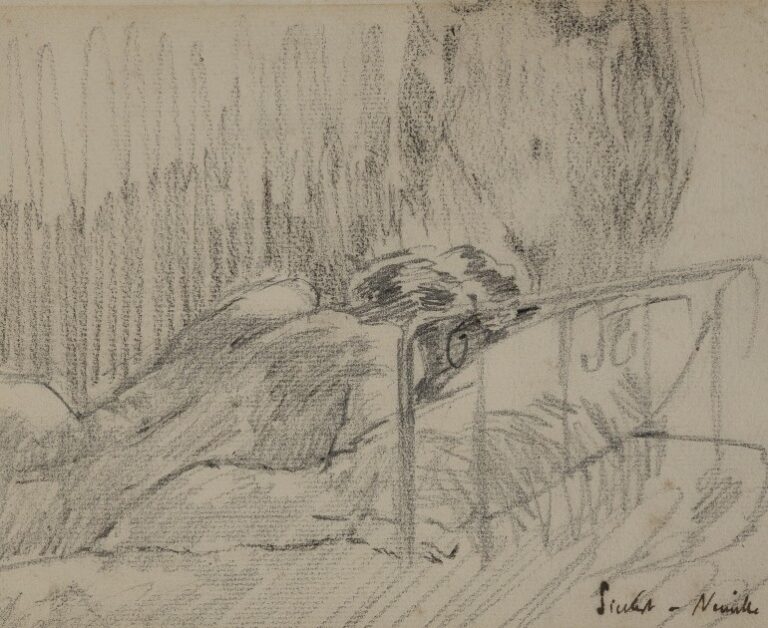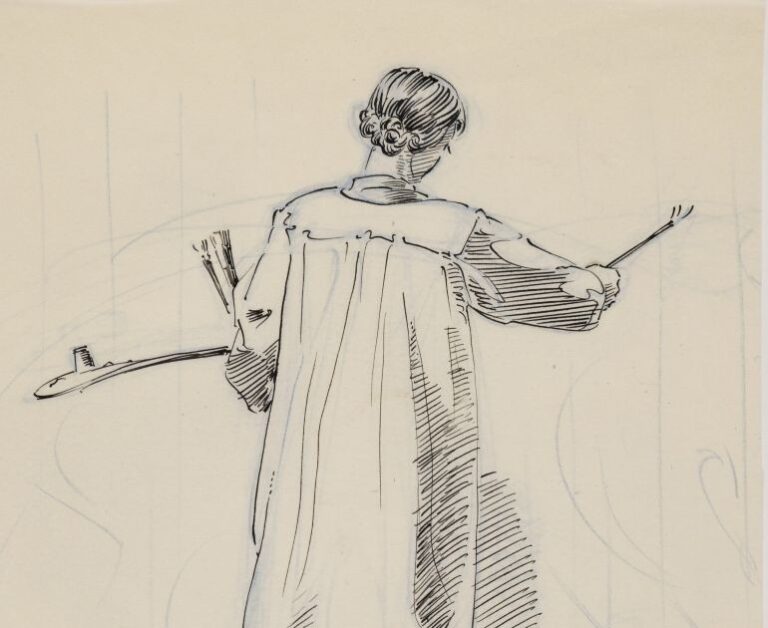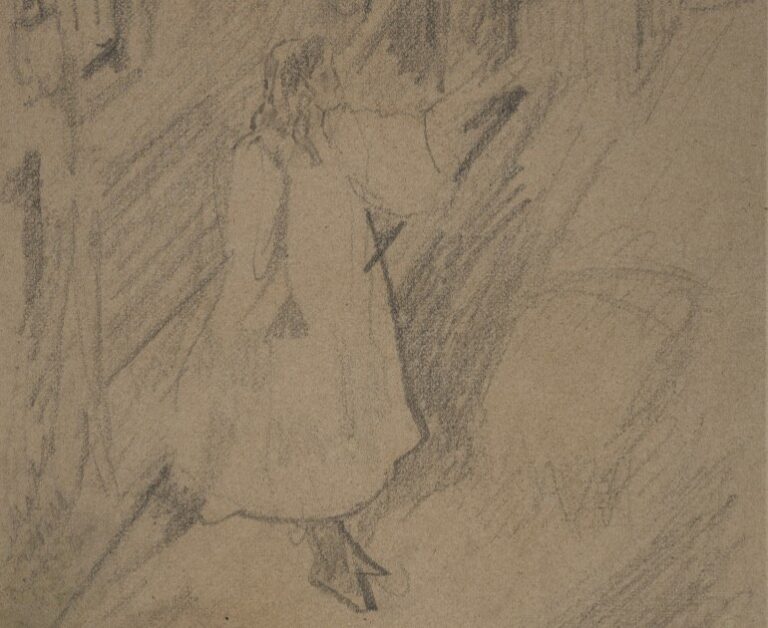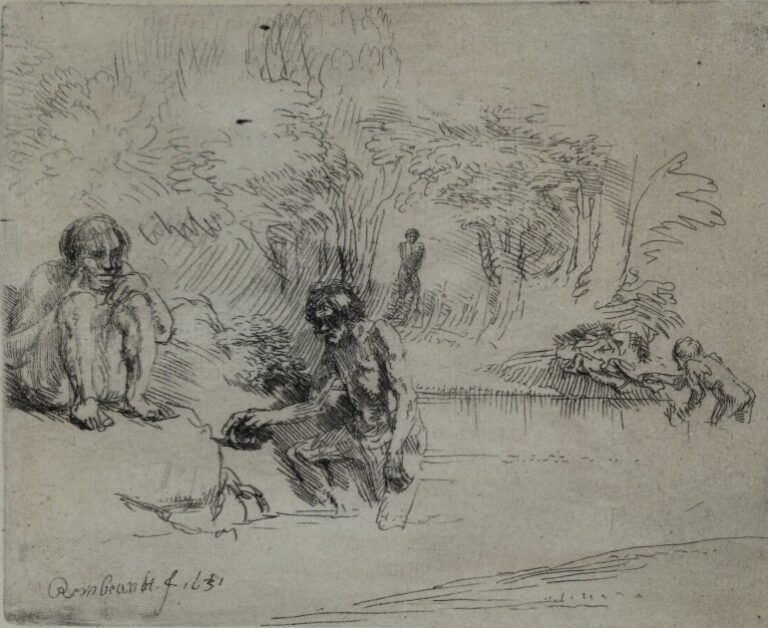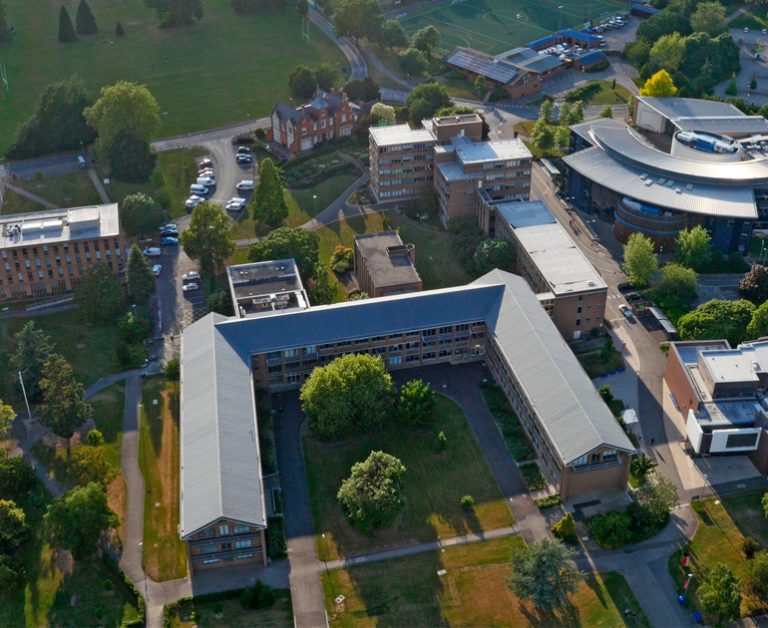Top Five Fears: The Darker Side of the Collection
-
Author
- shonaamer
-
Published Date
- November 23, 2022
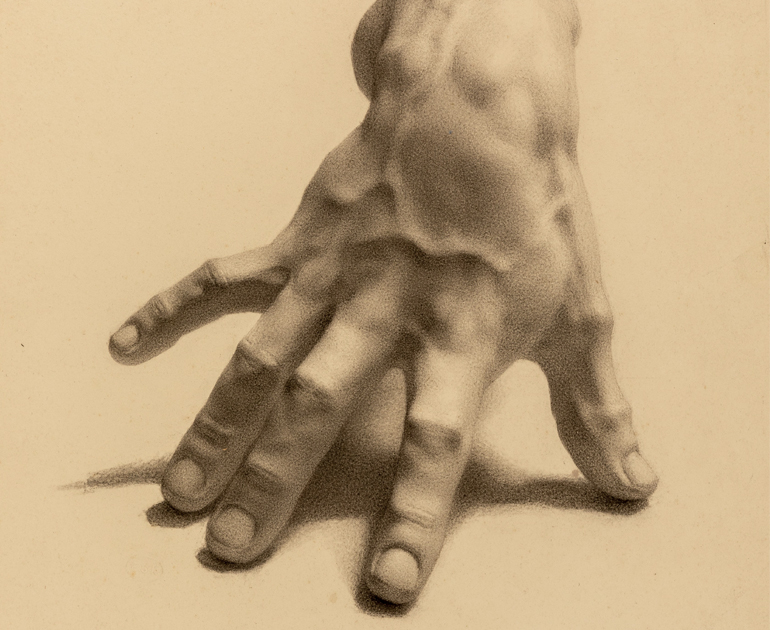
This blog is an adaptation of our Museum Studies placement student, Shona Amer’s recent Twitter thread, where she delved into the scarier parts of our collection for Halloween.
Art is unique in that it can represent both the best and worst of humanity. It can inspire and horrify. Today we’re dipping our toe into the spookier side and taking a look at our top five fears that are represented in the University Art Collection.
The Unknown
Launching on the same day as Netflix’s Wednesday, it seems apt to start this top five with a nod to the Addams Family.
The first reference to the now famous disembodied hand, Thing, appeared in the original cartoons in 1954. This was a sign on the front of the Family’s mansion saying “Beware of the Thing”. It has never been revealed precisely what Thing is, with the Addams Family simply calling it “Thing” because it was something that could not be identified.
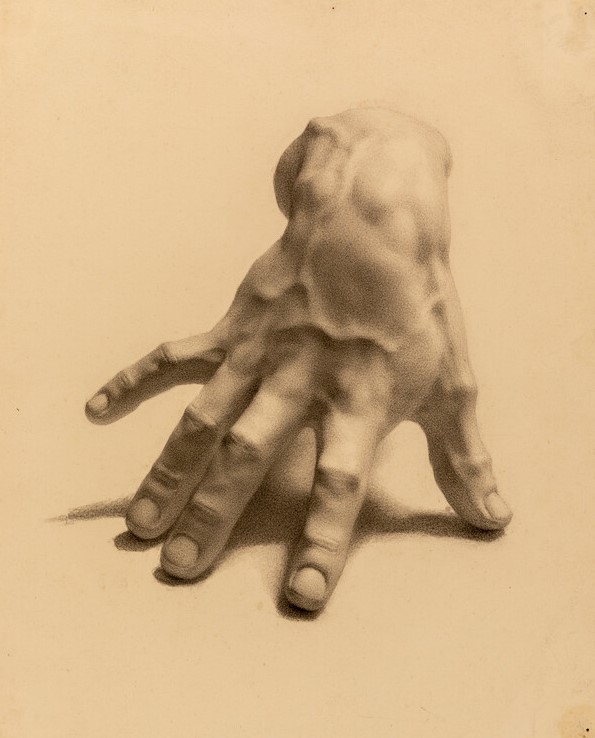
Notoriously tricky to draw well, hands are among the earliest forms of art in human history. Used to convey specific meanings in European art depending on their pose, with hands used to pass on a blessing, indict a need for silence, and demonstrate prayer. This hand, drawn in 1883 when the artist was only 20, won a National Bronze Medal. It uses a mixture of techniques, including the use of stippling (shading by using small dots) and a blending stump.
Skeletons
Skeletons give structure and support; however, they can also wear down and break. Often associated with death and the dying, skeletons have a strong association with Samhain, Halloween, and the Day of the Dead celebrations, where the dead are said to come back to life to mingle with the living.

Beyond their association with the dead, skeletons were also used in medical schools and traditionally by artists to teach anatomy. There was constantly a need for supply of fresh cadavers. The 1823 Judgement of Death Act led to an extreme shortage of dead bodies available for these medical schools, often resulting in grave robbing in the early 19th century.
However this series, created as part of the process to be admitted as a full student of the Royal Academy Schools, reflected a growing emphasis on the ‘exterior’. Art students were visualising the insides of a classical sculpture, rather than undertaking detailed anatomical studies. This approach reflected arguments at the time that artists needed only basic anatomical knowledge, which affected how the body looked, rather than the nearly-medical training gained through dissection.
Darkness
With night sweeping in earlier at this time of year, it only seems appropriate to include fear of darkness in this top five. Being in the dark, especially when alone, often brings us back to a point of childhood. Low visibility heightens our sense of being vulnerable and scared.
Typically when we think of darkness it is synonymous with black. One of the first colours used by artists, black has been linked with the underworld and death since the Ancient Egyptian and Greek periods. Over the centuries, black has also been closely associated with evil.
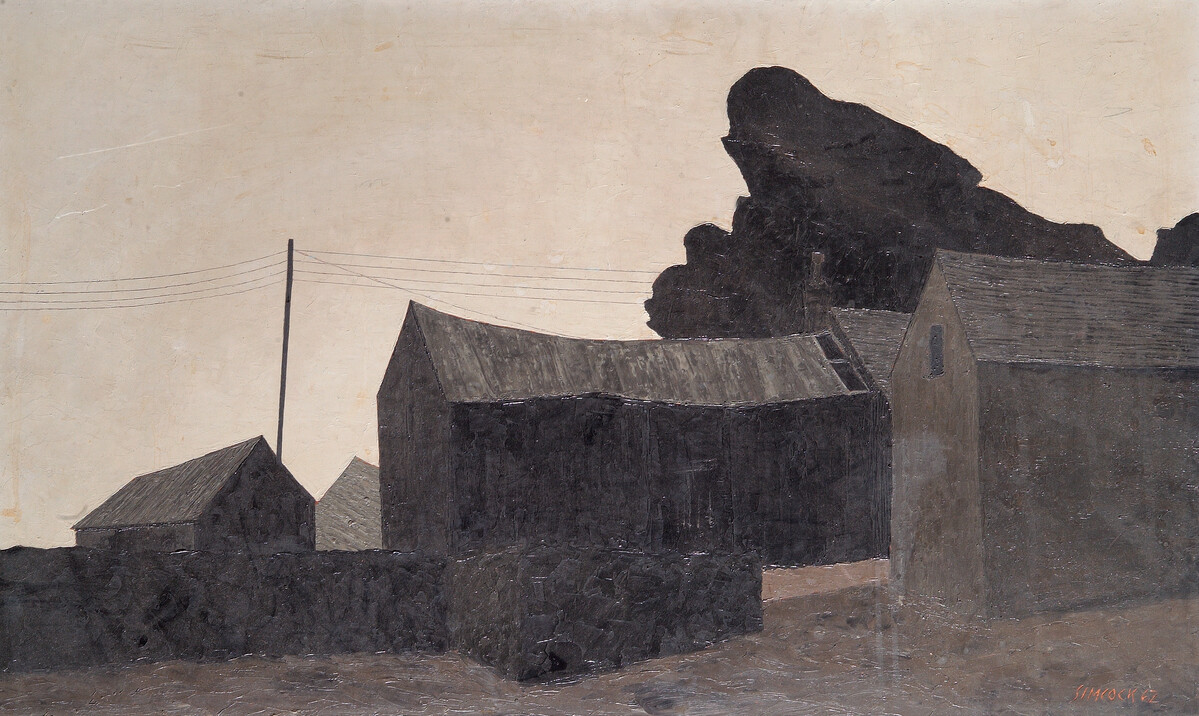
This painting by Jack Simcock provides an excellent example of this relationship. These barns are likely to be normal farm buildings with nothing sinister about them, but the heavy grey and black palette used by the artist allows us to imagine a more disturbed atmosphere.
Strangers
Linked to the previous fear of darkness, strangers also can be frightening at night. This fear is likely be stronger depending on a variety of factors including (but not limited to) your age, gender, location and whether you are alone.
Often people take additional precautions to keep themselves safe from strangers, especially when walking alone at night. This can be anything from changing routes, phoning a friend or family member, to walking with your keys between your fingers.
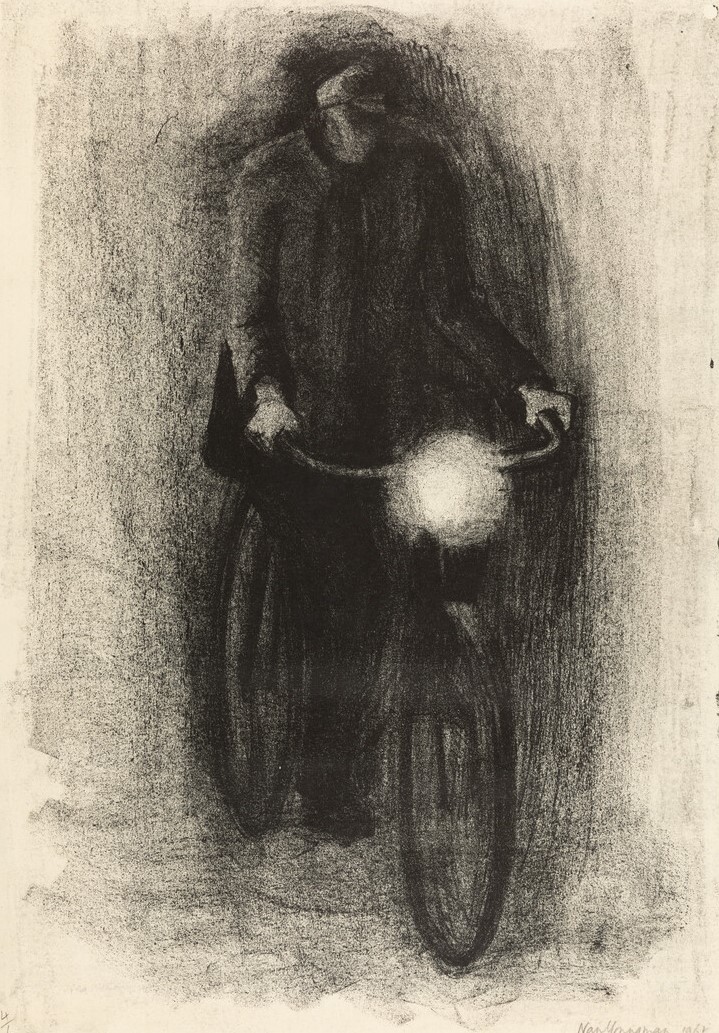
If depicted during the daytime, this figure by Nan Youngman might not even merit a second look. However in the dark with his face obscured, how would you feel about this image of a man on a bicycle? Imagine you saw him in real life, would he be unsettling?
Witches
There is a very distinct idea in the Western world of the ‘traditional’ witch. This image of women huddled together, wearing pointed hats and flying on broomsticks, has been spread by Hollywood movies and children’s stories for decades. However this portrayal of the ‘traditional’ witch, was originally refined during the Witch Trials of the 15th – 18th centuries. Looking at those accused of being witches, many were women and were often those been seen as societal outcasts.
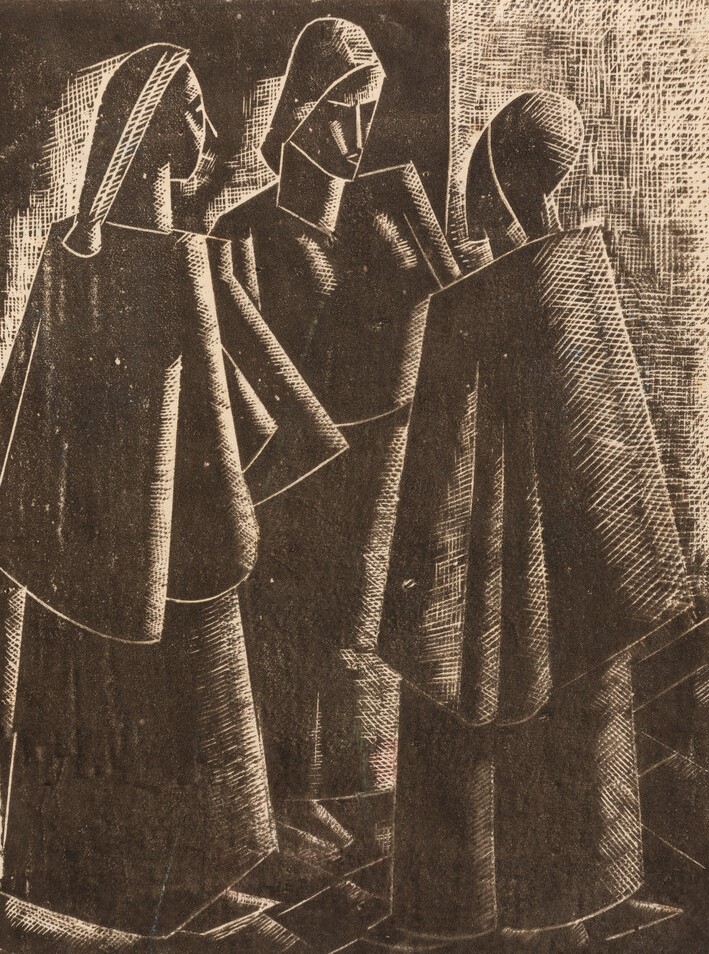
J. Anthony Betts was a massive advocate of life drawing. During his time in Sheffield, when this woodblock print was created, he regularly invited locals in from the streets in order to draw them. Echoing the stylised angular shapes in modernist drawings of his contemporary, Betts may have specifically posed these figures or simply recreated a scene that he had spotted elsewhere. It should be noted, however that these three woman are highly unlikely to be witches.
Are you sufficiently spooked?
Thank you for joining us on this journey through our weird and wonderful collections. Take a look at our other blog content, or alternatively head on over to our visitor information page and plan your visit in person.
